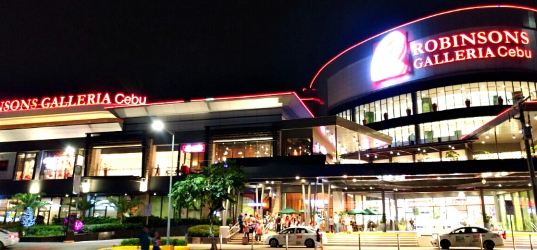Mall Stores Directory
Search for mall stores, shops, restaurant & dining, entertainment, movies.

Malls in the Philippines have come a long way from being mere retail establishments to becoming vibrant lifestyle destinations. Over the years, these shopping centers have played a significant role in shaping the country's consumer culture and transforming the retail landscape. This article explores the evolution of malls in the Philippines, highlighting their impact on the economy, society, and the overall shopping experience.
The concept of shopping malls first emerged in the Philippines during the 1970s. The introduction of the country's first mall, Ali Mall, in Cubao, Quezon City, marked a new era in retail. With its air-conditioned spaces, multiple stores, and a variety of merchandise, Ali Mall revolutionized the way Filipinos shopped. Following its success, several other malls began to sprout across the country, including SM City North EDSA, which is considered one of the largest malls in Southeast Asia.
Shopping malls quickly became ingrained in Filipino culture. Malls offered more than just retail therapy; they became social spaces where families and friends gathered, enjoying leisure activities, dining, and entertainment options. The Filipino shopper's mall experience evolved to encompass not just shopping but also a place for leisure, relaxation, and community interaction.
To stay competitive and cater to changing consumer demands, malls in the Philippines began embracing the concept of "retailtainment." Retailtainment involves incorporating entertainment and experiential elements into the shopping experience, such as cinemas, arcades, amusement parks, and live performances. This trend transformed malls into entertainment hubs, attracting not only shoppers but also those seeking leisure and recreational activities.
Lifestyle Centers and Mixed-Use Developments:
In recent years, a shift towards creating lifestyle centers and mixed-use developments has gained momentum. These modern malls combine retail, dining, entertainment, residential spaces, and offices into integrated complexes. The objective is to create a seamless urban environment that offers convenience, accessibility, and a variety of experiences under one roof. Prominent examples include Bonifacio High Street in Taguig City and Ayala Malls Vertis North in Quezon City.
While Metro Manila boasts numerous iconic malls, the mall phenomenon has spread beyond the capital region. Major cities across the country, such as Cebu, Davao, and Iloilo, have witnessed the development of sprawling shopping complexes. These regional malls have not only boosted local economies but have also become regional landmarks and tourist attractions, contributing to the growth of the respective regions.
Malls in the Philippines have evolved from simple retail spaces to dynamic lifestyle destinations. They have transformed the shopping experience and become integral to the Filipino way of life. With their diverse offerings, retailtainment elements, and integration with residential and office spaces, malls continue to shape the urban landscape and contribute significantly to the economy. As consumer preferences evolve, malls will continue to adapt, ensuring that they remain relevant and cherished hubs of activity in the Philippines.
Retail magnates take advantage of these factors and are constantly building malls everywhere they see fit - and feasible. The major mall operators in the Philippines are SM Supermalls, Ayala Malls and Robinsons Malls. Other notable players in this industry are Walter Mart Malls, Ever Gotesco Malls, Isetann and Gaisano Malls.
Mall Stores Directory is your #1 Resource in finding shops, stores, restaurants, dining from various mall locations in the Philippines. Mall Stores Directory got you covered - from SM Malls, Robinsons Malls, Ayala Malls and more!
Article
Article
Article
Article
Article
Article






